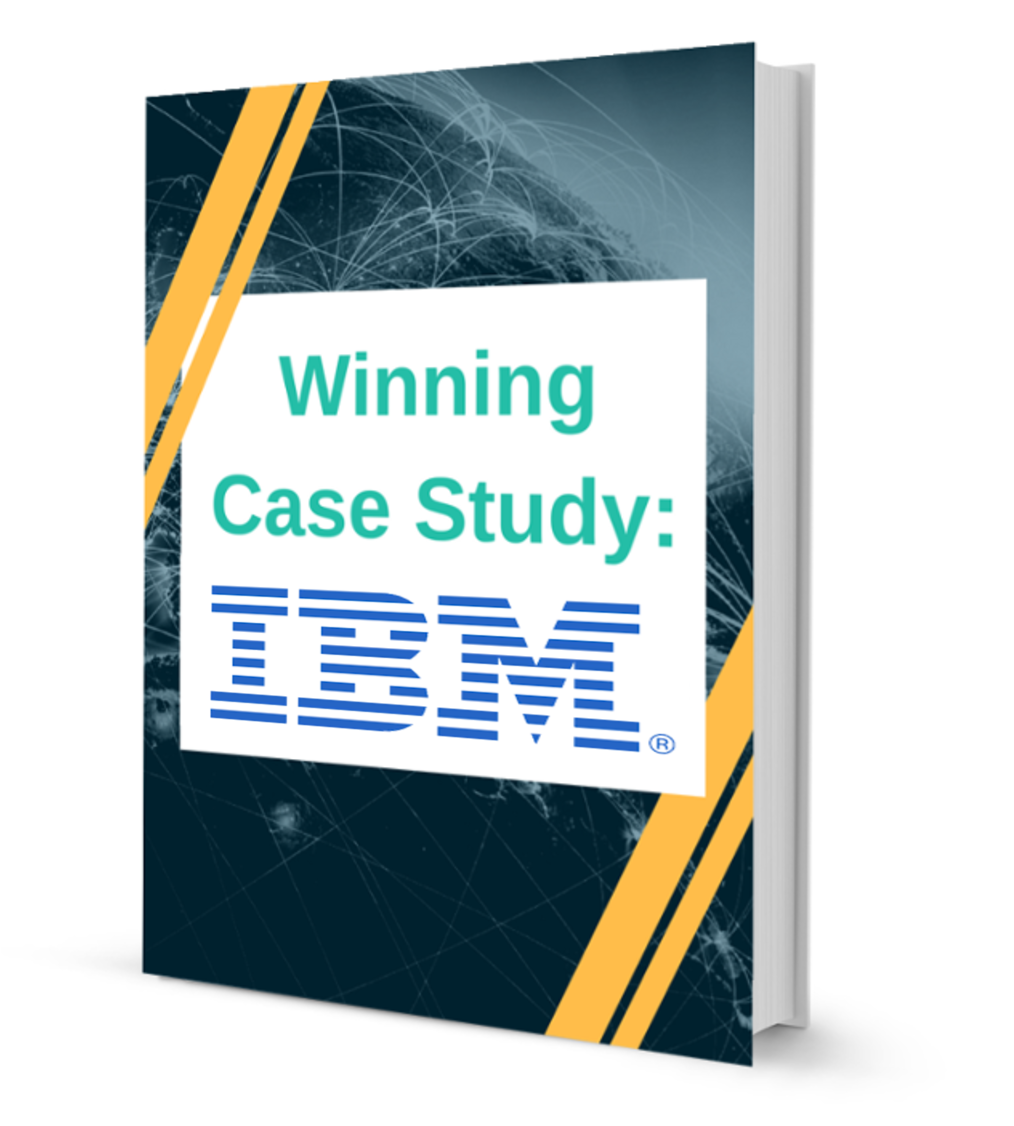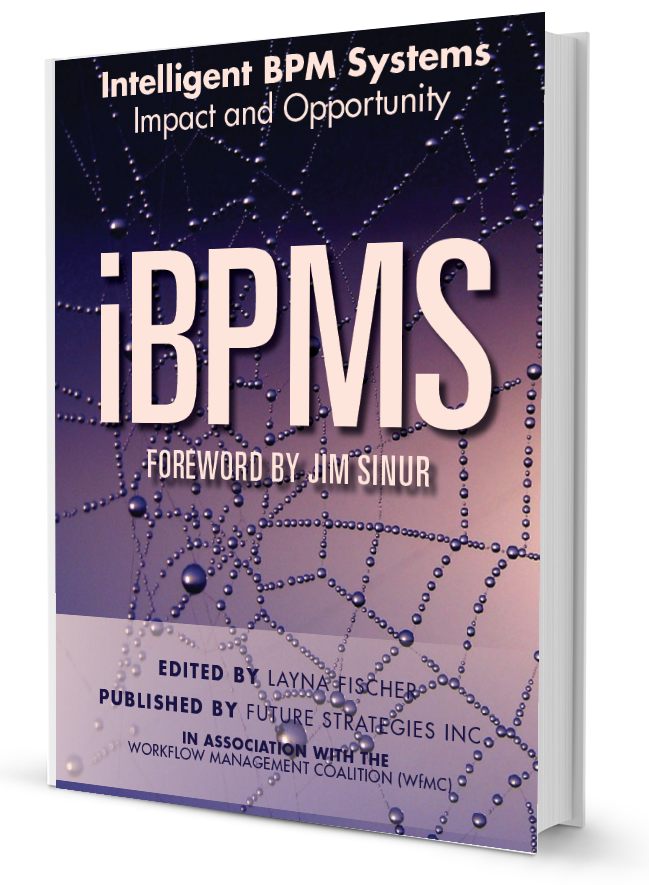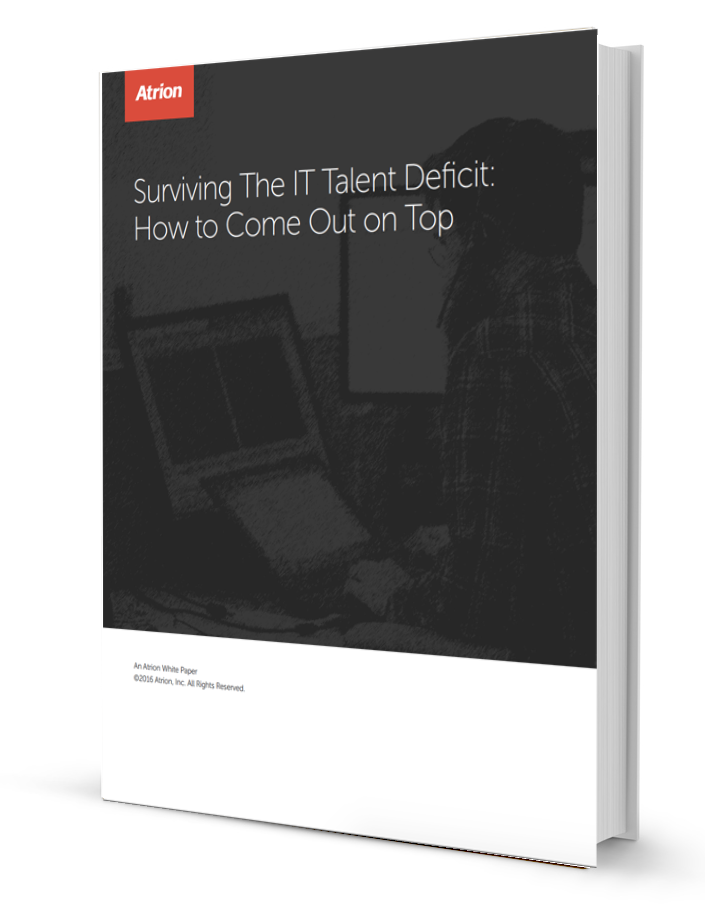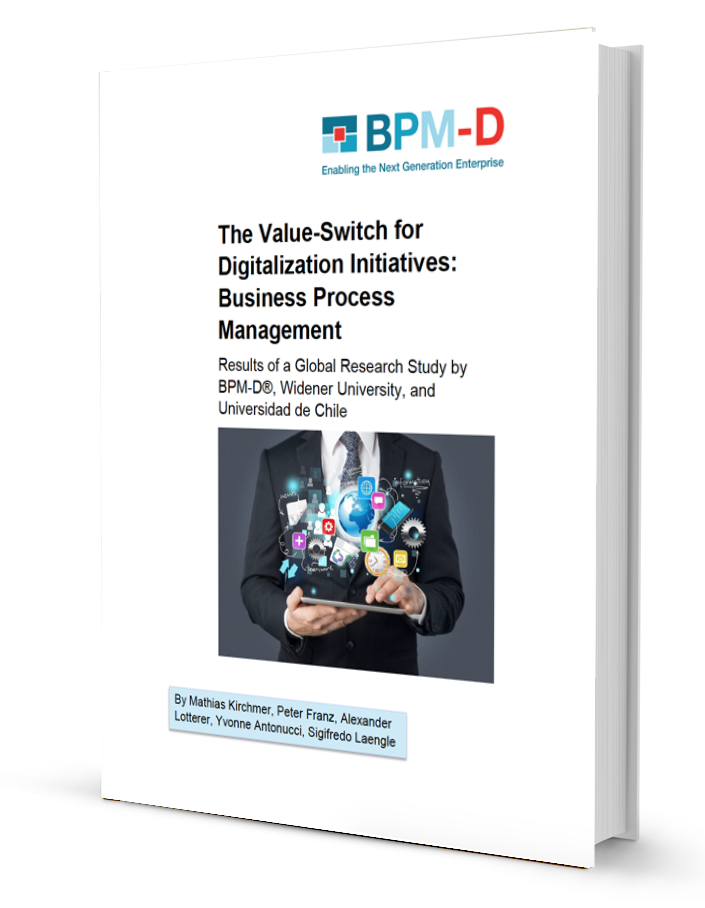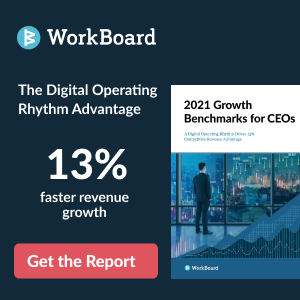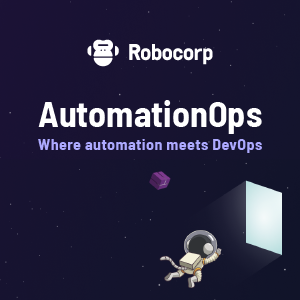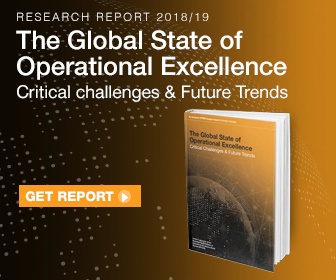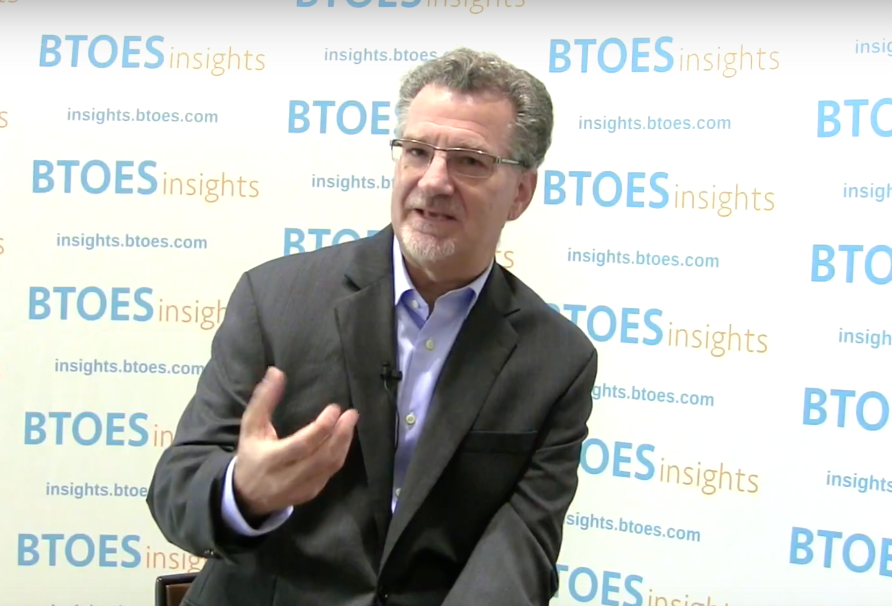 While many will still argue that "this may work on the shop floor but not in my office," happily there is an increasing number of real-life examples that are proving this wrong. For example, I am on the Southeast Region Board of Directors for AME (Association for Manufacturing Excellence). We presented an Atlanta Lean Summit event in May that included numerous tours in the area. Most were tours of manufacturing plants. These were not.
While many will still argue that "this may work on the shop floor but not in my office," happily there is an increasing number of real-life examples that are proving this wrong. For example, I am on the Southeast Region Board of Directors for AME (Association for Manufacturing Excellence). We presented an Atlanta Lean Summit event in May that included numerous tours in the area. Most were tours of manufacturing plants. These were not.
One was the United Way of Greater Atlanta office in downtown Atlanta. The paradigm has traditionally been that their customers were the recipients of the aid that is metered out each year in the communities they serve. Focusing there first, they were able over a long period of time to streamline processes regarding the distribution of the collected donations. And they've done it quite well. (They are the largest charity in the U.S. and have an efficiency rating of 91%. That means 91 cents out of every dollar donated goes to those organizations supported by each local UW and represents the median of the top 10 according to Forbes magazine.)
Read: What's Next After Lean Six Sigma?
However, processes related to how they work with the donors have been far less efficient, and little attention has been made to improve those processes as well. With the help of a consultant to get them started, Nancy Vepraskas, senior vice president, human resources, and the entire UW team committed to eliminating waste and improving services to their second group of customers, i.e. the companies and the donors who make their charity mission possible.
I was impressed by the fact that this leader had stood conventional wisdom on its head by turning the telescope around and looking through the opposite end. In fact, the revelation is that it's the corporation patrons and millions of participants in their fund raising campaign each year who are equally important customers -- and are the life blood of their organization. The best news of all: The leader of this team and her associates have started their continuous improvement (CI) journey. They are committed and passionate about improving the efficiency and the effectiveness of their interactions with their benefactors, as well as in making their processes more customer friendly across the board. They aren't just talking about it, they're doing it!
The other non-manufacturing tour was the Chick-Fil-A headquarters campus in Atlanta. While they aren't flying under the lean banner, they understand continuous improvement and have been practicing it as an ingrained part of their culture for several decades now. They learned a long time ago what their customers want in terms of quality food and customer service. For those of you who have dined at any of their restaurants across the country, you've experienced the consistent quality and the friendly and helpful customer service by the whole restaurant team. It's always: "My pleasure!" with a big smile. Their leadership mindset, training programs, standard work, quality control, et al, are models of near perfection.
So if we're so motivated to apply lean thinking in the office, how do we start? My experience is that functional areas often don't think in terms of "who is my customer?" Let's start there.
1. Take inventory of the key processes you are responsible for and determine who the key users, i.e., your customers, are.
2. Interview key customers on each process to find out which ones they regularly use, what works well and what doesn't. For example, reports aren't accurate; aren't timely; aren't actionable; it's always a hassle to get to the correct person to answer the question; answer received isn't helpful; evidence that personnel are not well trained.
For example, on the shop floor I always want to know which processes are keeping operators from being productive, doing a good job, becoming frustrated. Is it having the correct: job instructions, tooling, maintenance, training, communications, schedule, etc. In other words, we want to eliminate the reasons why machine operators have a bad day. In the offices, what do you need to improve your administrative process to eliminate the reasons why your customers (both internal and external) have a bad day? It's exactly the same thinking.
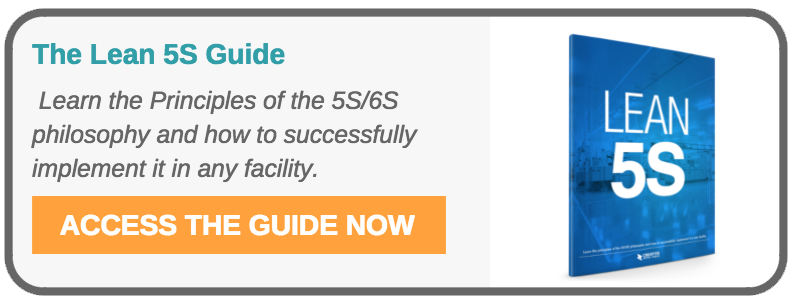
3. Do you have the information necessary to define the problem and begin to problem solve? Do you have meaningful metrics in place? I think about this like the old inventory questions: What do I need? What do I have? What do I have to go get? Collecting the data you need is important to understanding the size of the problem and assigning it the proper priority.
4. Form a team of your staff experts, including a knowledgeable user, and begin. Do they have the skills to use the problem-solving tool set? If not, support them with someone who has the skill set elsewhere in the company. Absent internal support, seek out a consultant who will help you get started. (One warning here: Use the consultant to teach your people how to organize the CI effort and use the tools effectively so that the expertise is developed in house. Become self-sufficient. Make sure you have alignment on this approach before hiring outside help.)
5. Importantly, in addition to speaking directly with your customers, don't forget to create a forum right up front for open discussion and input from your staff members. They very likely know where there are disconnects, inefficiencies, errors in the current processes, but may be reticent about calling them to anyone's attention if such behaviors have fallen on deaf ears before, or worse, resulted in being criticized for making an issue of such process dysfunction. They may also not bring problems forward because they don't know how to solve them and fear criticism for their failures.
Culturally, the leader has to make it clear that it is not only OK to bring process issues, training issues, whatever issues to the attention of the leadership, but also that it is an important part of the job.
In conclusion, the culture you expect and communicate might go something like this: "Be proactive. Take the initiative. Be a good team player and do your part. If you lack the skills, get with your supervisor and we will train you as necessary. If we can't do it internally, we will get you the help you need elsewhere so you can be successful. If your immediate supervisor is given the opportunity to guide/help you and doesn't respond, you're welcome to come to my office as your functional leader. There will be no recriminations for your initiative. As the NIKE slogan says, let's: Just Do It.
"All things are ready, if our minds be so." -- William Shakespeare
View more from Larry
Proqis Digital Virtual Conference Series
View our schedule of industry leading free to attend virtual conferences. Each a premier gathering of industry thought leaders and experts sharing key solutions to current challenges.
View Schedule of Events

.png)
-1.png)














































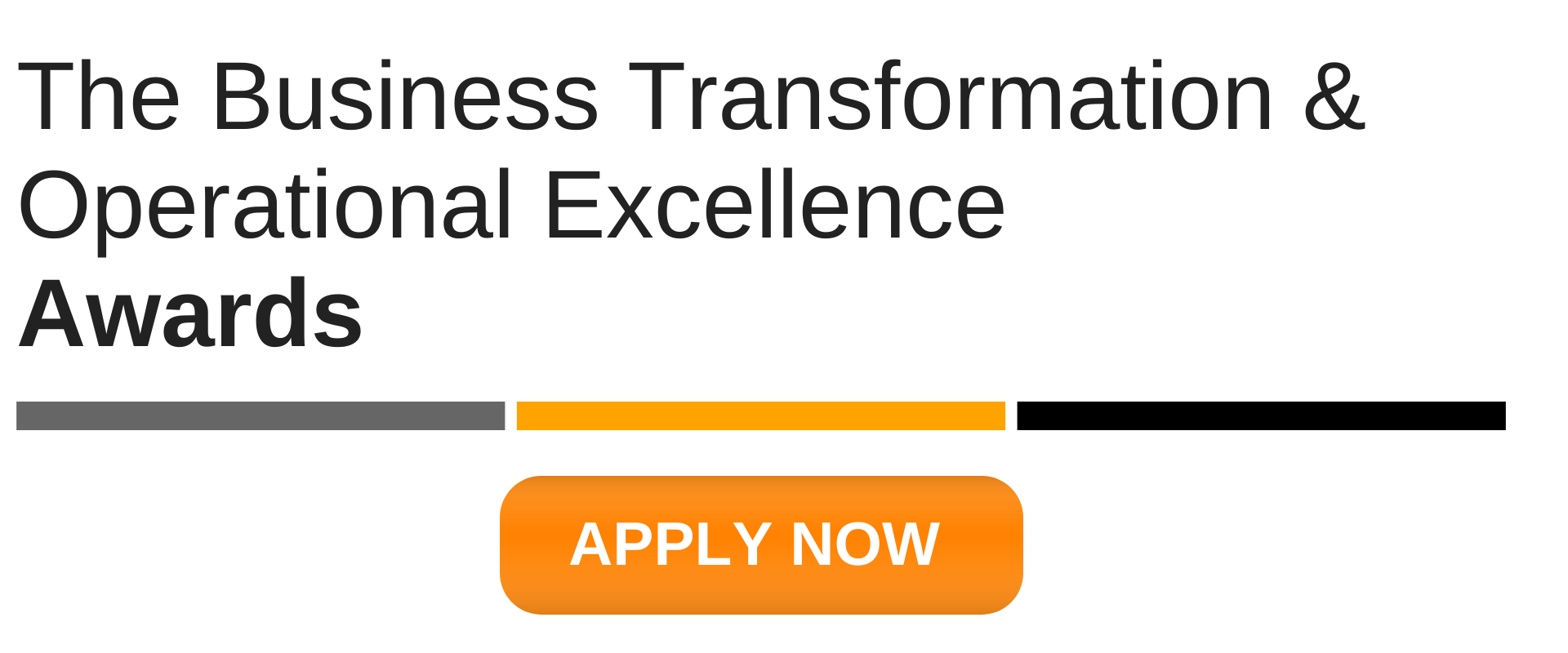

-2.png)
-2.png)
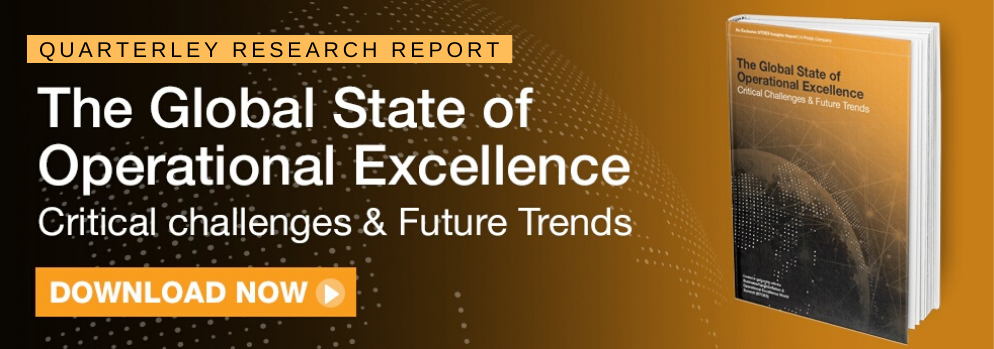

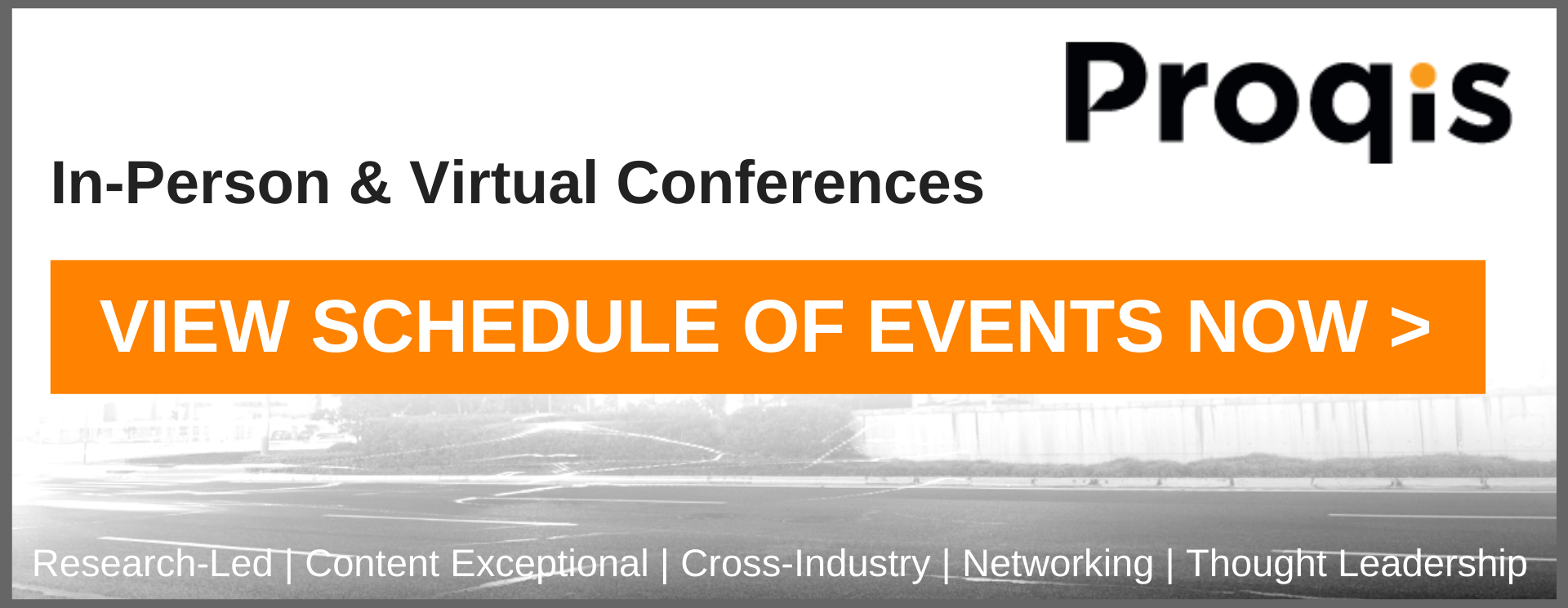


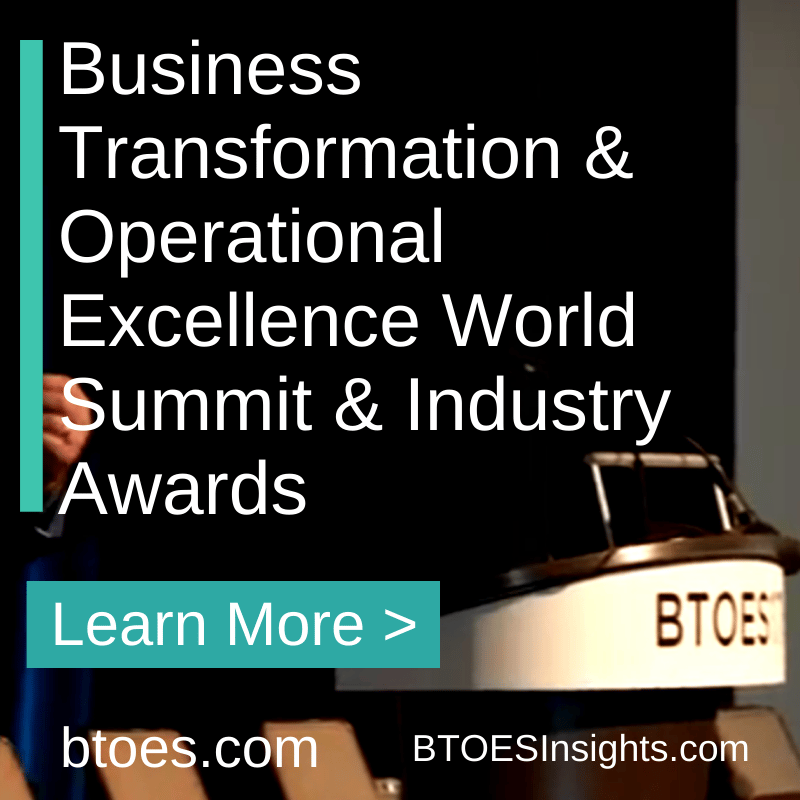
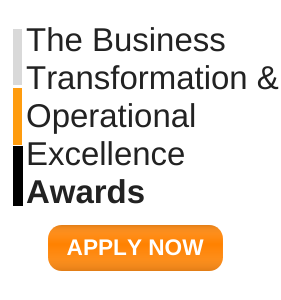
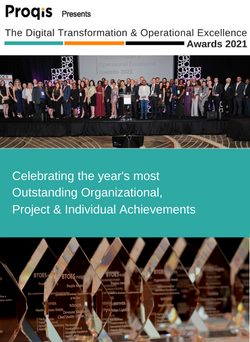
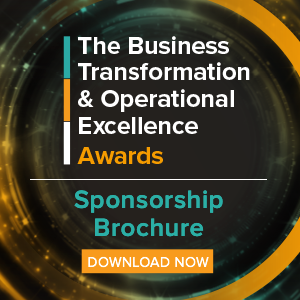

%20(1)%20(1).png?width=1410&name=Add%20a%20heading%20(8)%20(1)%20(1).png)



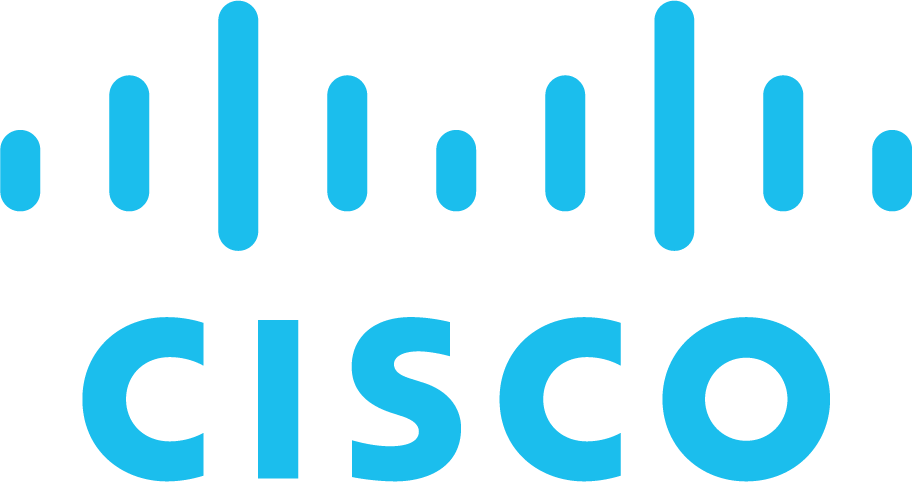

.png?width=300&height=300&name=LINKEDIN%20AWARDS%20GRAPHIC%20(1).png)
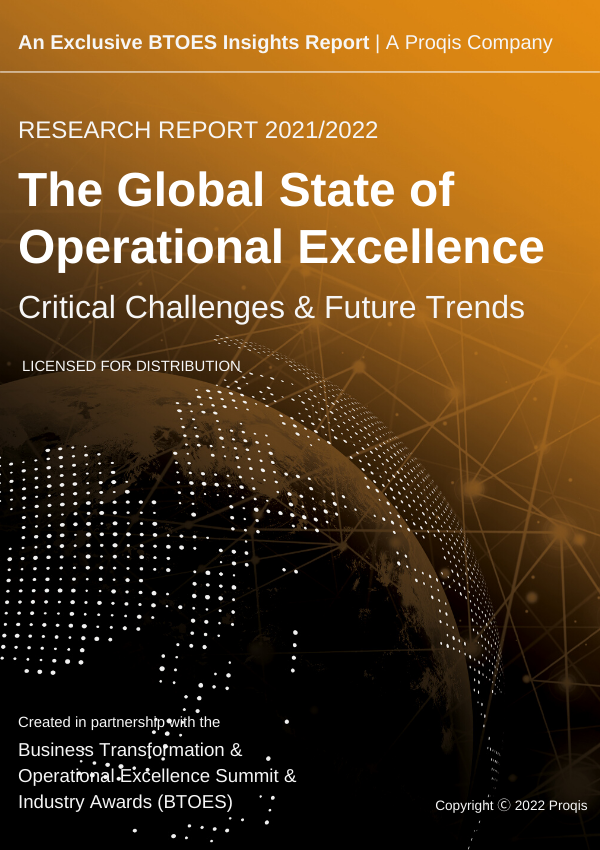
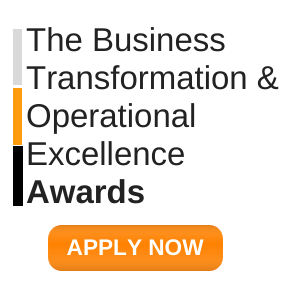
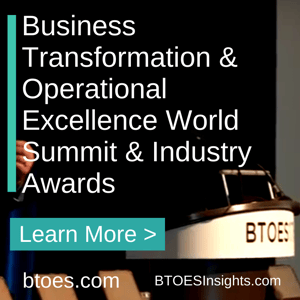

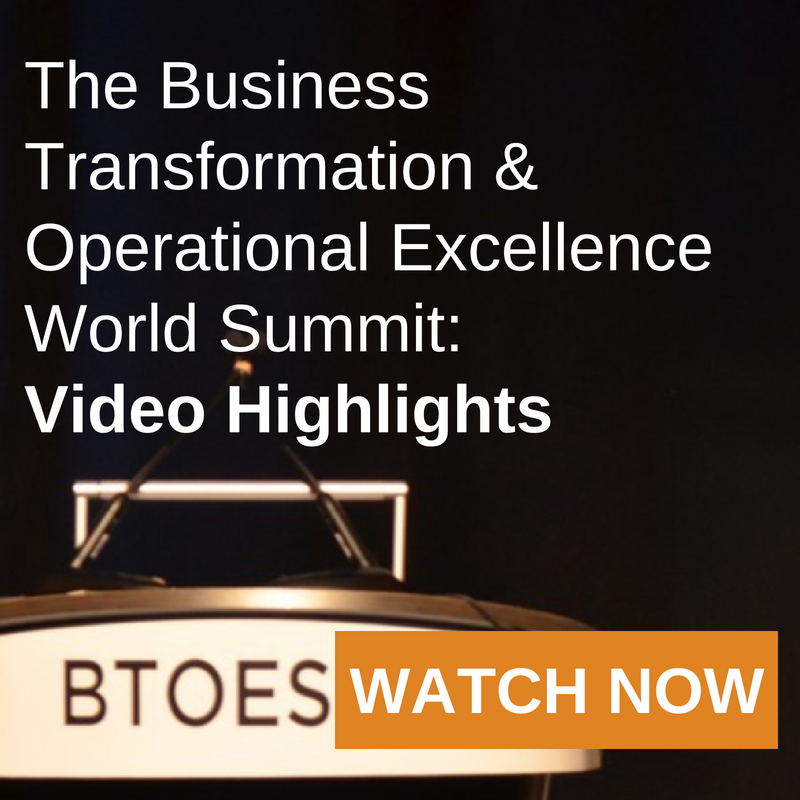


-1.png?width=300&name=ATTENDEE%20-%20Proqis%20Digital%20Event%20Graphics%20(2)-1.png)
-1.png?width=300&name=ATTENDEE%20-%20Proqis%20Digital%20Event%20Graphics%20(1)-1.png)
